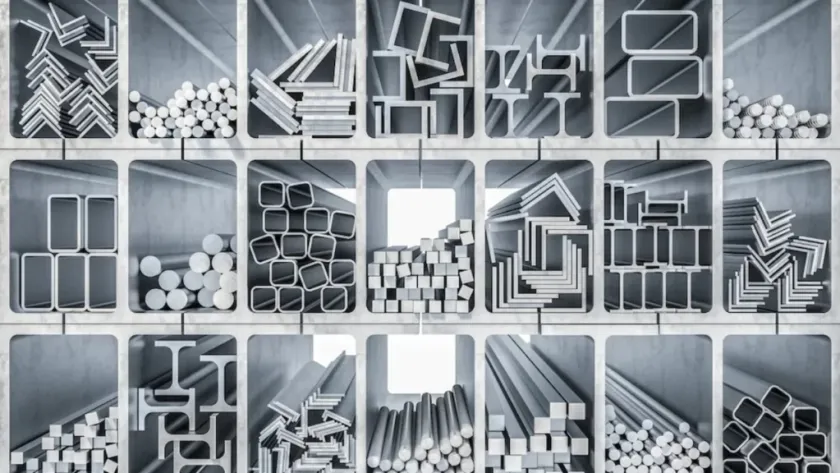Stainless steel stands as a remarkable material, embodying a unique blend of durability, aesthetic appeal, and resistance to corrosion that has made it a staple in numerous industries worldwide. This versatile alloy, primarily composed of iron, chromium, and varying amounts of other elements like carbon, nickel, and manganese, offers a plethora of benefits that extend its utility far beyond mere structural applications.

The Chemistry Behind Stainless Steel’s Resistance
The secret to stainless steel’s renowned corrosion resistance lies in its chromium content. With a composition of at least 10.5% chromium, stainless steel undergoes a fascinating chemical reaction when exposed to oxygen in the environment. This reaction results in the formation of a chromium oxide layer, which, though incredibly thin and virtually invisible to the naked eye, acts as a shield that prevents further oxidation of the underlying metal. This protective layer is self-repairing; any damage or scratches can quickly reoxidize, thereby restoring the barrier against corrosion.
Types of Stainless Steel
The versatility of stainless steel is further highlighted by its various types, each tailored to specific applications and environments based on their unique compositions and mechanical properties:
- Austenitic Stainless Steel: Known for its high chromium and nickel content, this type is the most common, offering excellent corrosion resistance and formability. It is widely used in kitchenware, piping, and automotive components.
- Ferritic Stainless Steel: With a lower nickel content and higher chromium levels, ferritic stainless steel is prized for its magnetic properties and resistance to cracking. It’s commonly found in appliances and automotive parts.
- Martensitic Stainless Steel: Characterized by higher carbon content, this type offers greater hardness and strength, making it ideal for cutlery, tools, and surgical instruments.
Applications of Stainless Steel
The scope of stainless steel’s application is vast and varied, a testament to its adaptability and effectiveness across different domains:
- Architecture and Construction: Stainless steel is a popular choice for facades, roofing, and structural applications due to its strength and resistance to weathering.
- Medical Instruments: Its hygienic properties make stainless steel an ideal choice for surgical instruments, dental tools, and hospital equipment.
- Culinary Uses: From cutlery and cookware to countertops and sinks, stainless steel’s ease of cleaning and corrosion resistance makes it indispensable in kitchens.
- Automotive and Aerospace: Stainless steel components are used in vehicle and aircraft construction for their durability and resistance to extreme temperatures and environments.
Advantages of Stainless Steel
- Durability: Stainless steel’s resistance to corrosion, heat, and chemical damage makes it an enduring choice for various applications.
- Aesthetic Appeal: The sleek, modern look of stainless steel remains popular in design and architecture.
- Hygiene: Its non-porous surface prevents bacteria and other pathogens from adhering, making it a hygienic option for medical and food-related applications.
- Recyclability: Stainless steel is 100% recyclable, contributing to environmental sustainability efforts.
Conclusion
Stainless steel’s unique combination of strength, corrosion resistance, and aesthetic appeal has cemented its position as a material of choice across a wide range of industries. From towering skyscrapers to delicate surgical instruments, stainless steel continues to play a critical role in advancing technology, enhancing safety, and pushing the boundaries of innovation. Its ongoing development and application underscore its importance in modern society, making it a truly indispensable material.



